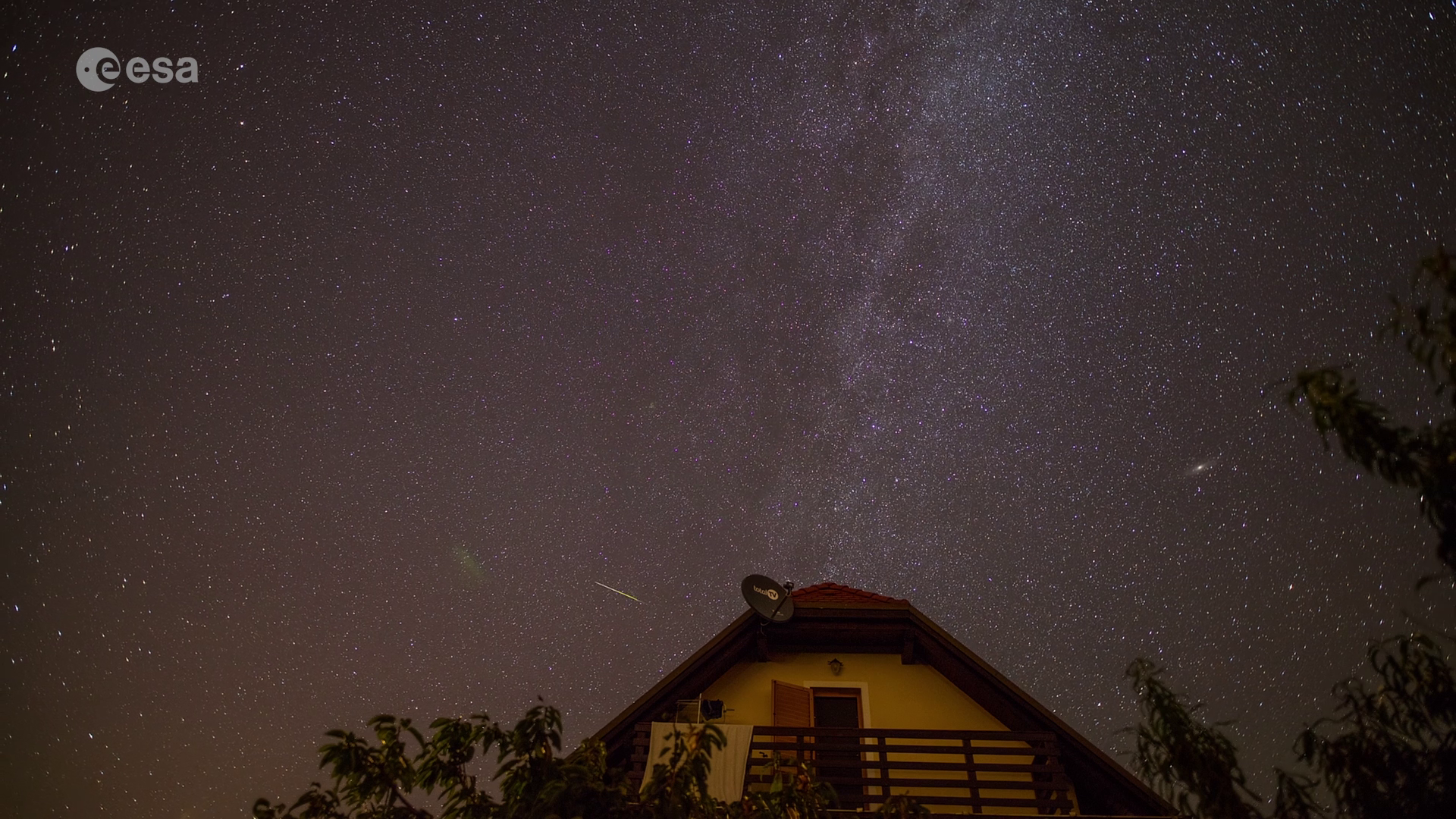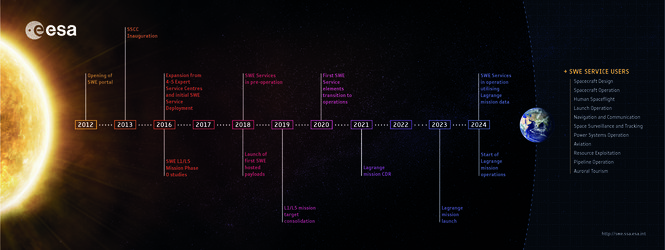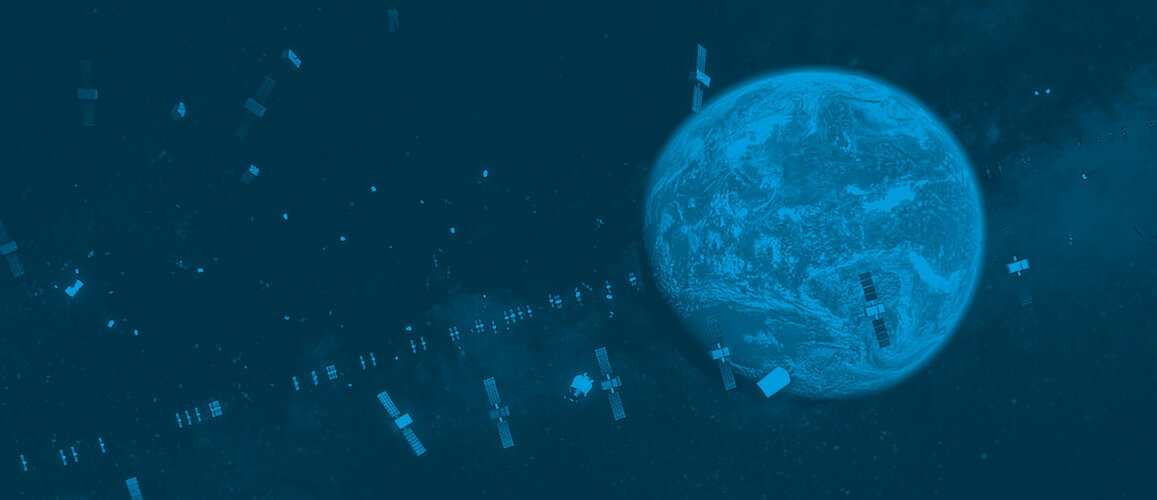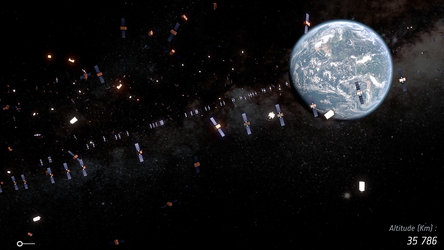When the atmosphere isn't enough
Why has life flourished on Earth, but nowhere else - that we know of - in the Solar System? The answer is our delicately thin, but hugely consequential atmosphere. Ask the dinosaurs however, and they would say it’s not to be relied upon. That’s what ESA’s Space Safety programme is working on, being there when the atmosphere isn’t enough.
The dinosaurs didn't have a space agency
The Chicxulub impact some 66 million years ago shows us that enormous asteroids many kilometres in diameter survive the fiery journey through Earth’s atmosphere, wreaking havoc on the entire planet.
Fortunately, these extinction-level space rocks are relatively easy to spot. In fact we know 98% of all those expected to be out there in the Solar System. None are due to impact Earth in the near- to medium-term future, but we want to find every last one.
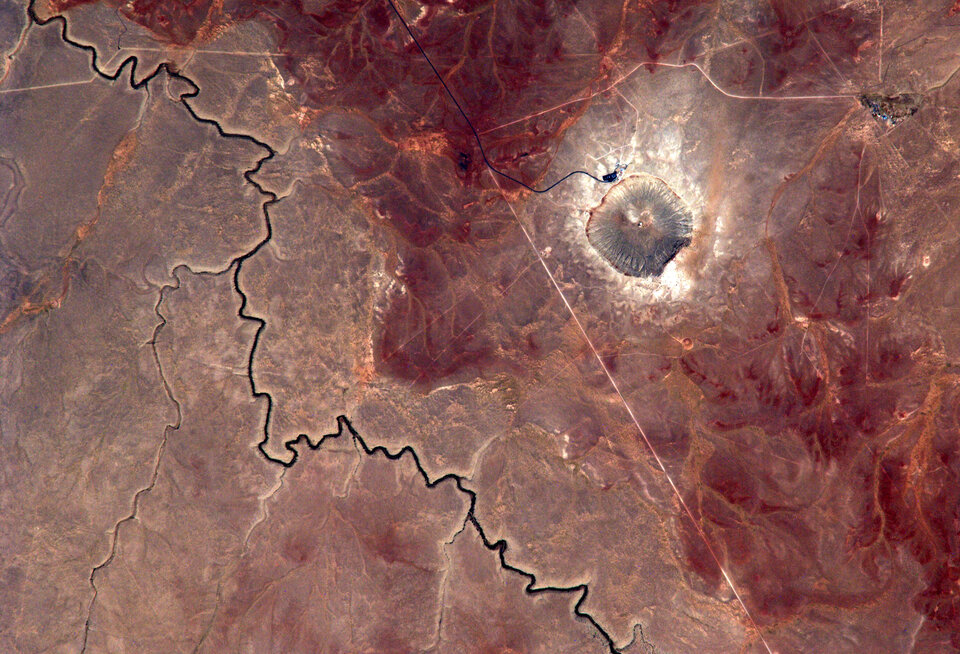
Smaller asteroids, roughly 17-20 metres in diameter, don't necessarily survive impact with the atmosphere but can create an enormous air burst.
Such explosions in the sky can do a lot of damage, as the Chelyabinsk impact illustrated in 2013, injuring almost 1500 people and damaging more than 7000 buildings.
ESA’s Planetary Defence Office is constantly determining the risk and likelihood of an asteroid impact, and in 2024 the Agency is set to launch Hera – Europe’s first mission to test asteroid deflection.
Modernity is at the mercy of our raging Sun
Thankfully, extreme and unpredictable solar activity, such as energetic solar flares and coronal mass ejections, pose no direct threat to people on Earth. But much of the infrastructure we rely on every day is extremely vulnerable, as well as the space explorers who voyage beyond our planet’s protective veil.

In 1859 a solar flare struck Earth interfering with the technology of the day – namely telegraph wires – causing disruption and some injuries as well as auroras as far south as the equator. The event became known as the Carrington event, and if such a storm should strike Earth today we would be greatly more vulnerable.
Power grids, satellite navigation and communication services, weather services including predictions of extreme weather events, could all be unavailable. One recent study estimated the economic cost to Europe of such an event, happening in 2024, at more than 20 billion euros.
ESA’s Space Weather Office is like Europe’s stellar agony aunt, offering forecasts, advice and information for any organisation, individual or institution vulnerable to space weather. In the next few years, ESA will launch a space weather warning mission that will monitor the Sun, giving us advance time to act.
Space debris is rubbish
As with asteroids, large debris objects still get through the atmosphere and reach the ground, while others at higher altitudes can remain in orbit indefinitely. Without intervention, these lingering debris objects increase the risk of collisions which would create dramatically more debris.


Access the video
While not directly putting life on Earth at risk, the continued growth of debris threatens our future in space and everything that relies on it. Fortunately, we can use the atmosphere to help us clean up.
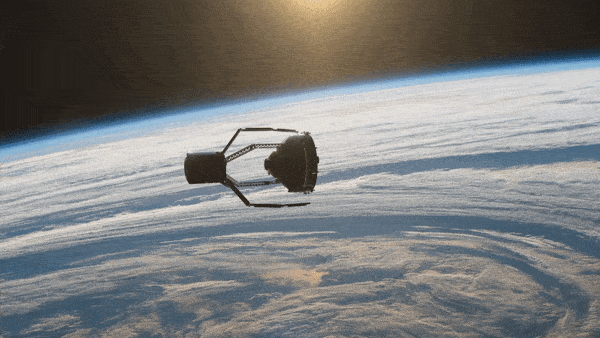
The atmosphere plays a vital role in limiting the amount of time objects spend in orbit. International guidelines recommend no spacecraft is in orbit for longer than 25 years after its mission ends, which is an effective space debris mitigation measure. Controlled re-entries can be used to speed up a satellite’s return to Earth, as well as ensuring larger objects re-enter the atmosphere safely over uninhabited regions.
ESA’s Space Debris Office is working to protect our spacecraft from in-orbit collision, as well as adhering to and building on international standards for reducing debris in space. In parallel, the Clean Space Office is working to limit the impact to our environment of space activity, as well as commissioning the world's first space debris removal mission.
Events to look out for
Over the next couple of months, ESA will highlight the risks we face from asteroids, space weather and human-made space debris. Just how threatening are they to life and infrastructure, and what can be done to limit their impact?
20 - 23 Apr 2021 – ESA’s 8th European Conference on Space Debris
Join us for the largest gathering of space debris experts in the world. Every day we’ll be sharing news and content on space debris as well as updates from the conferences' many and varied panels and sessions, wrapping up with the overall conference findings.
26 - 30 April 2021 – IAA Planetary Defense Conference
Every two years, asteroid experts, space agencies, governments and policy makers come together to discuss the threat to Earth from asteroids and comets and actions that might be taken to deflect a threatening object.
Hosted by the United Nations Office for Outer Space Affairs and ESA, this year’s conference will see another hypothetical “live asteroid impact” played out. Last year, New York was wiped out as part of the deflected asteroid remained on collision course. Join us on @esaoperations for live coverage of this year’s asteroid exercise and lessons learnt.
May 2021 – Launch of ESA’s no-name mission campaign
It's not often you get the chance to name a space object, let alone a brand new mission! All will be revealed in early May as we launch our no-name mission campaign.
June 2021 – ESA Space Safety digital festival
Join us live across multiple rooms as we chat with experts in the field of Space Safety, from asteroids to space weather, debris and cyber resilience. The digital festival will be a relaxed, interactive and fun way to celebrate our planet, our successes in space, and our responsibility to look after our home planet, all in honour of this year’s Asteroid Day celebrations. Stay tuned for more info!.
30 June 2021 – Asteroid Day
Asteroid Day, the UN-endorsed global awareness campaign is back on 30th June with an exciting 30-day broadcast, filled with asteroid content and commentary from astronauts, experts and celebrities. This leads up to the big day itself on 30 June, when you can watch the live Asteroid Day transmission. Find out more about organising your own Asteroid Day event.


